The English countryside is certainly a sight to behold. The UK houses some of the most impressive agricultural displays in Europe, so it’s no wonder that the largest farms in England are no exception. Housing a variety of functions, from livestock-oriented farms to crop producers, each one has something distinct for you to discover and enjoy. So, without further adieu, let’s venture into the top six largest farms in England.

1. Holkham Estate (25,000 Acres)
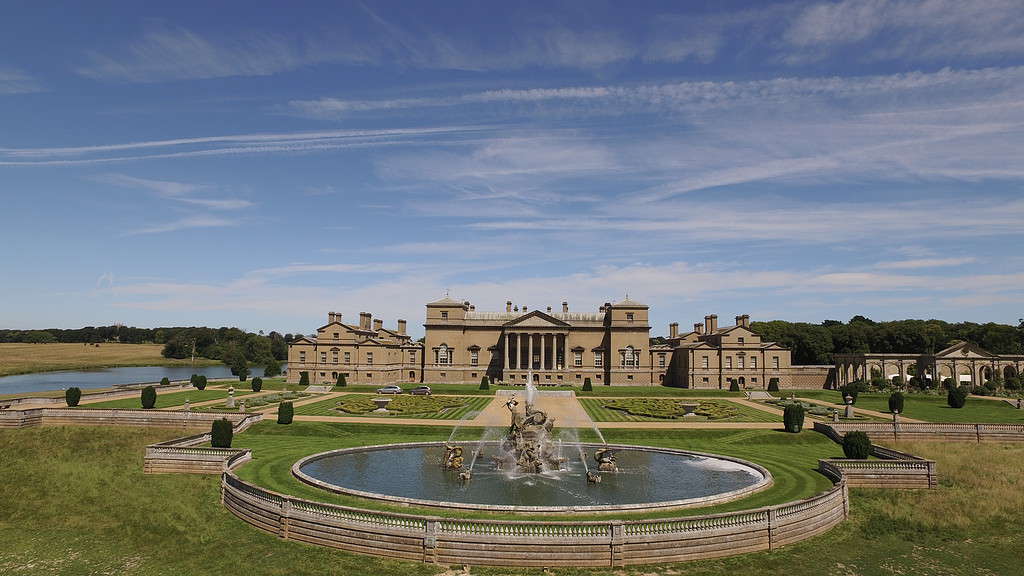
The various habitats within Holkham allow for a variety of wildlife to thrive.
The Holkham Estate is, along with being the largest farm in England, striving to accomplish an even more impressive feat: Becoming the “UK’s most pioneering and sustainable rural estate.” They consider the habitats within the estate, a range of woodlands, marshes, and farmland, to be precious ecosystems that they have been charged with protecting. A diverse landscape with an impressive collection of wildlife, the estate contains a whopping 25,000 acres of land.
Residing in Holkham is the Coke family, who has been responsible for the property since the 17th century. Holkham Hall, the Palladian mansion in which the family lives, was built by the first Earl of Leicester, Thomas Coke, between the years of 1734 and 1764. Today, it is a thriving estate with diverse businesses.
The estate does not only deal in business, however. It is also a hub for conservation efforts. In recent years, the national population of grey partridges has sharply declined due to habitat loss, insect depletion, and increased predator presence. However, Holkham Estate has adopted a conservation and wild bird management policy aimed at preserving these partridges. The estate provides suitable nesting cover near insect sources and cultivates autumn brood-rearing crops like cereal and lucerne.
2. Elveden Estate (22,500 Acres)
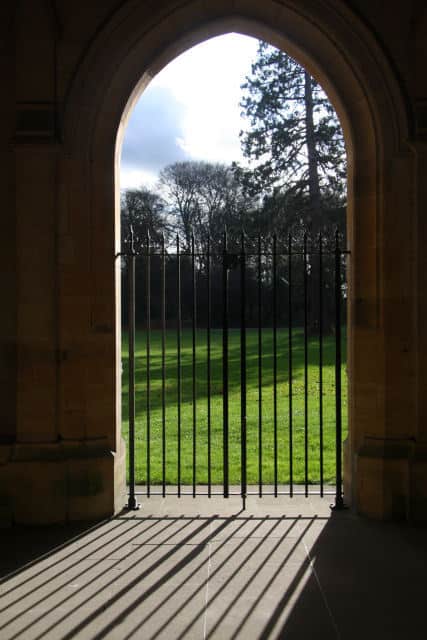
In 1927, Rupert Guinness, the great-great-grandson of Arthur Guinness, transformed the land at Elveden for agricultural purposes.
Elveden Estate, which spreads across 22,500 impressive acres, specializes in vegetable production. A colorful array of potatoes, carrots, and onions, cover the landscape. In order to keep the soil fertile, they also produce a number of rye, barley, and wheat crops. Elveden is actually, along with being one of the largest farms in England, the largest producer of rye in all of the UK!
In 1927, Rupert Guinness, the great-great-grandson of Arthur Guinness (founder of the Guinness brewery), transformed the land at Elveden for agricultural purposes. His field layout, which remains virtually unchanged to this day, is a testament to his forward-thinking mindset. The large fields, spanning up to 100 acres, were designed to accommodate large, robust machinery, reflecting his forethought and ability to adapt.
In addition to the farmland itself, Elveden has an entire experience waiting for its visitors. You can eat the freshly grown produce at their onsite restaurant, explore the Elveden Courtyard shopping plaza, or even spend an evening on the property with a stay at the Guinness Arms Inn. A shining example of historic agriculture, there’s something for everyone at this fine estate.
3. Woburn Abbey Estate (22,500 Acres)
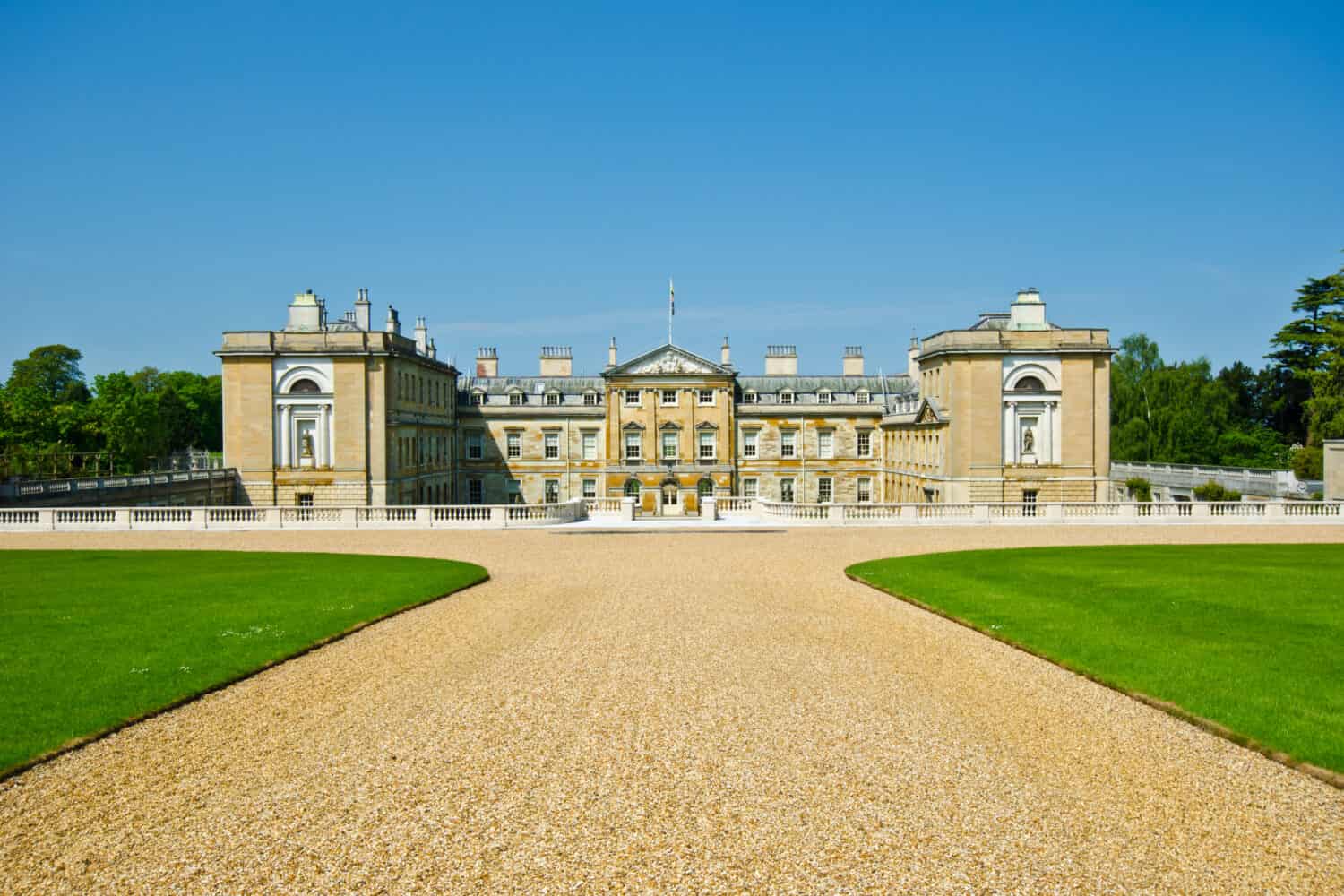
The Woburn Abbey Estate has housed the Duke and Duchess of Bedford for centuries.
©Konmac/Shutterstock.com
The Woburn Abbey Estate contains roughly 22,500 acres of land, with a generous portion dedicated specifically to agricultural endeavors. The farm produces crops such as wheat, maize, and barley, but this isn’t the estate’s true passion. The heart of the farm is the estate’s deer park, home to an impressive herd of deer and dedicating many resources to the preservation of local wildlife.
Woburn Abbey is the home of the 15th Duke and Duchess of Bedford and has served as the primary family seat since the 1620s. Over the years, it has undergone changes to suit evolving family lifestyles and preferences. Currently, the Abbey and its Gardens are closed as part of a significant refurbishment program.
The refurbishment of Woburn Abbey has been an ongoing endeavor for two years, presenting various challenges along the way. To ensure the building’s waterproofing for the next century, the decision has been made to undertake a complete re-roofing project. As a result, the Abbey will, unfortunately, remain closed until the spring of 2025 as the refurbishment progresses towards its completion.
Don’t let this stop you from taking a visit once the modifications have been completed, though! This estate is certainly a sight to see, and the impressive undertaking will more than likely be worth the wait.
4. Sandringham Estate (20,000 Acres)

Perhaps best known as the British royal family’s choice of retreat, the Sandringham Estate comprises about 20,000 acres, a number that is largely dedicated to both its farm and beautiful gardens. In addition to its farmland and woodlands, the property also hosts the well-loved Sandringham House. Its farm has a primary focus on both livestock rearing and arable farming, and the estate is dedicated to sustainable farming practices.
In 1908, King Edward VII opened the Gardens at Sandringham to the public. Following suit, in 1930, King George V inaugurated the Museum, which required a 3d (three pence) entrance fee. Then, in 1977, Her Majesty The Queen graciously allowed public access to the House itself during her Silver Jubilee year. Sandringham is not only one of the largest farms in England but one of the most notorious as well.
Sandringham Farms is undergoing a constant change driven by its transition to organic farming practices. This transformation has significantly impacted the farming landscape. In 2018, an outdoor-lambing sheep flock was introduced as part of the organic rotation, promoting enhanced soil structure and fertility. The six-year rotation plan now incorporates clover, plantain, and chicory for two years, aiding nitrogen fixation in the crop’s soil. These elements also provide diverse protein and mineral sources for finishing lambs.
5. Chatsworth Estate (13,000 Acres)
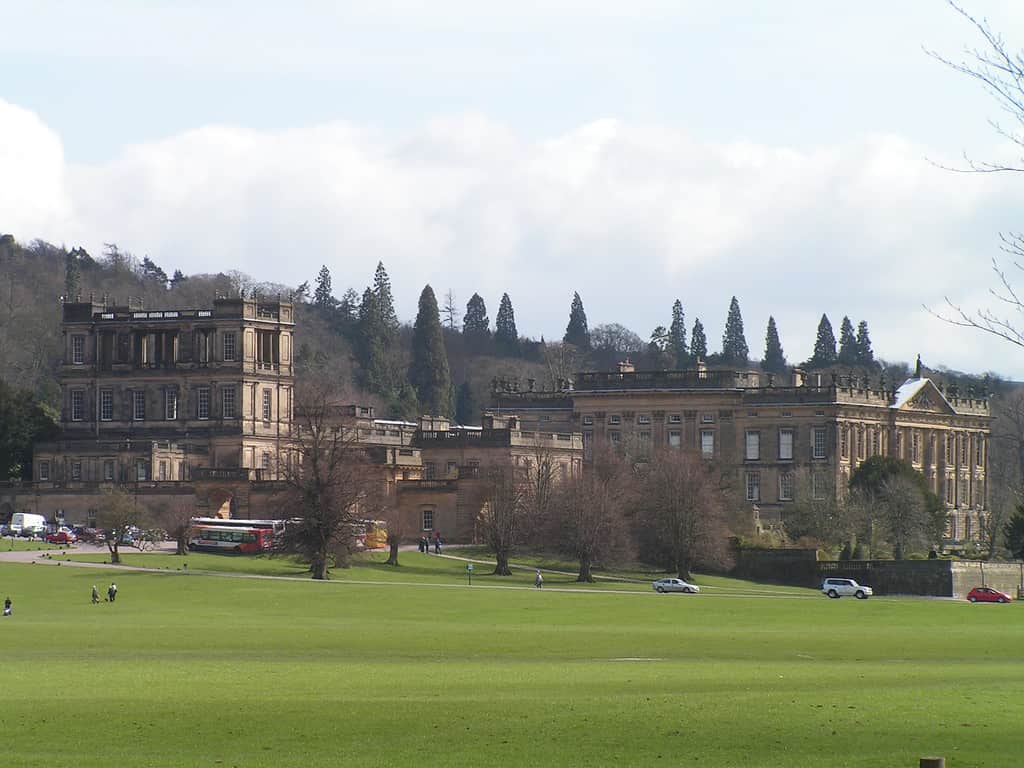
The Chatsworth Estate has a farmyard that is designed to provide a perfect day of fun with your family.
Of all the largest farms in England on this list, the Chatsworth Estate’s farmyard is the absolute best to take your family. When it was established in 1973, the farmyard housed a selection of farm animals, from poultry to goats, as well as a cow milking parlor for demonstrational purposes. But, since then, things have expanded quite vastly at Chatsworth. A number of exciting children’s activities have been introduced, such as their adventure playground, and a rare and endangered animal breeding program has been up and running for several years.
In 2021, Chatsworth was delighted to receive an award from the Rare Breeds Survival Trust. This award recognized their role in protecting endangered livestock and equine breeds native to the UK. This recognition is a testament to their dedication to preserving rare breeds, including Suffolk Punch and Shire horses, Landrace pigs, and more.
A visit to Chatsworth is an unforgettable way to connect with nature and have a deeper understanding of the true work it takes to raise quality livestock. Don’t miss out on their wonderful events, including goat yoga and their young farmers’ camp.
6. Bolton Abbey Estate (12,000 Acres)
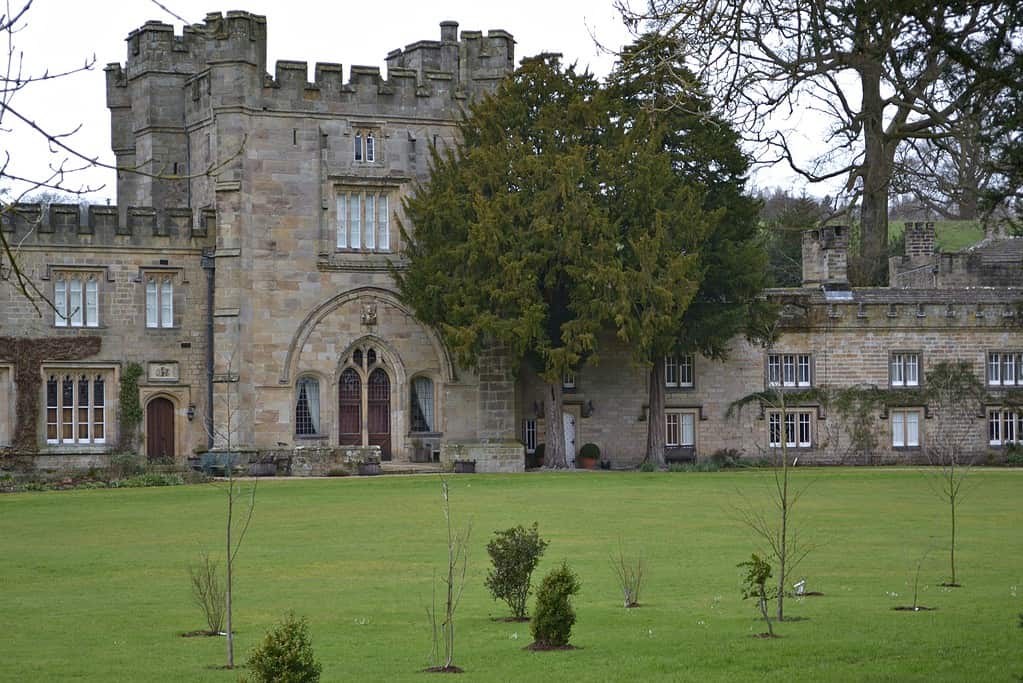
The farm isn’t the only beautiful part of the Bolton Abbey Estate. Check out their range of beautiful forestry while you’re at it.
The last in our list of the largest farms in England, but certainly not the least, is the Bolton Abbey Estate. This 12,000-acre expanse is home to a large variety of businesses, including agriculture, fishing, forestry, and sporting. As opposed to a singular farm, there are 48 tenancies on the property. These include several kinds of farms, from their 11 dairy farms to beef and sheep units.
Aside from the farm, there’s a world of nature to explore. Discover their cozy campsites, farm park, and variety of eateries during your stay. Take comfort in knowing that your financial contributions directly benefit the area’s local economy!
Summary of the Largest Farms in England
| Rank | Name | Size in Acres | Location |
|---|---|---|---|
| 1. | Holkham Estate | 25,000 | Norfolk |
| 2. | Elveden Estate | 22,500 | Norfolk |
| 3. | Woburn Abbey Estate | 22,500 | Woburn |
| 4. | Sandringham Estate | 20,000 | Norfolk |
| 5. | Chatsworth Estate | 13,000 | Derbyshire |
| 6. | Bolton Abbey Estate | 12,000 | North Yorkshire |
Thank you for reading! Have some feedback for us? Contact the AZ Animals editorial team.








